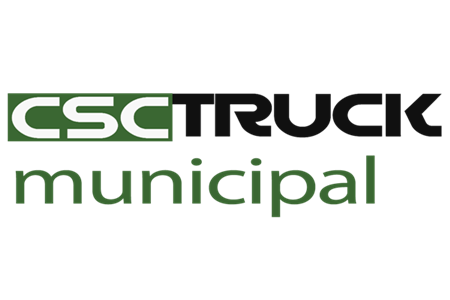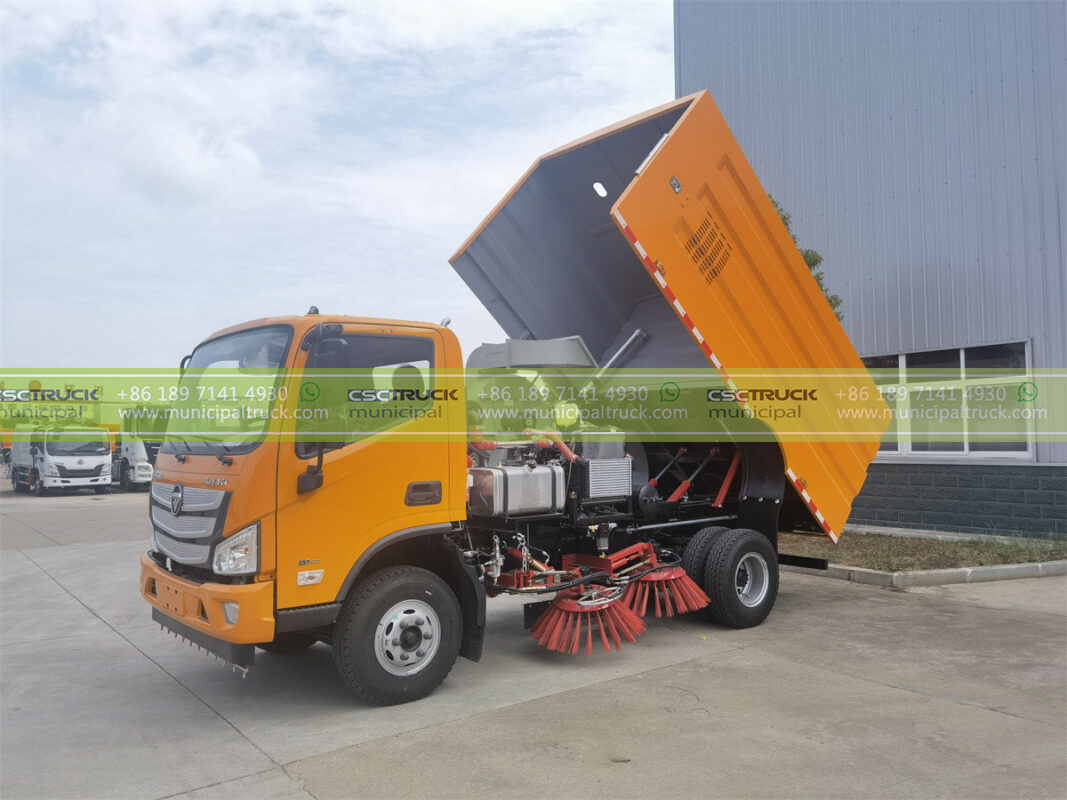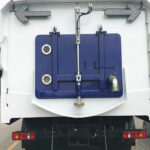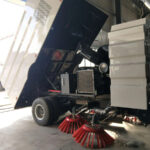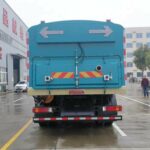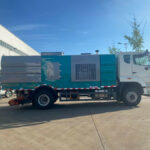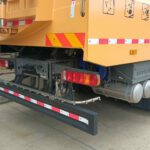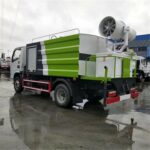Beyond the Curb Appeal: Addressing the Invisible Threats
While a freshly swept street offers immediate visual satisfaction, the true value of street sweeper trucks operates far beneath the surface aesthetic. Urban environments constantly accumulate a complex mix of debris: abrasive sand and grit, hazardous microplastics from tire wear, toxic heavy metals like lead and zinc from brake dust, allergens like pollen and mold, spilled fuels and oils, litter, and organic matter like fallen leaves. Left unchecked, this accumulation wreaks havoc – fine particulate matter (PM2.5 and PM10) becomes airborne pollution exacerbating respiratory illnesses; nutrients from decomposing organics fuel harmful algal blooms in waterways; oils and heavy metals poison aquatic ecosystems; and grit accelerates the deterioration of expensive asphalt pavements. Street sweeper trucks serve as the critical first line of defense, systematically intercepting these pollutants at the source before they can inflict damage on public health, infrastructure, and the environment, transforming from simple cleaners into vital public health guardians.
The Engineered Precision: Unpacking Sweeper Technology
The effectiveness of these machines lies in sophisticated, multi-stage cleaning systems designed to tackle diverse debris types across challenging urban landscapes:
- The Core Cleaning Mechanism: Synergy of Force and Suction
Modern sweepers typically combine mechanical agitation with powerful vacuum technology. Robust main broom sweepers, often featuring stiff, durable bristles, rotate at high speed to dislodge debris deeply embedded in pavement cracks or stubbornly adhering to the surface, directing material towards the center of the truck’s path. Simultaneously, either a high-volume vacuum system or a highly efficient regenerative air system (which recirculates air within a closed-loop to maximize suction force while minimizing energy loss and dust plume) creates a powerful airflow. This airflow lifts the dislodged debris – ranging from bulky litter to the finest silt particles – and transports it into the onboard collection hopper. This deliberate combination of physical agitation and controlled air movement ensures comprehensive debris removal, capturing both visible litter and the often more dangerous invisible particulates that constitute a significant environmental hazard. - Containing the Cloud: Advanced Filtration and Suppression
Simply collecting debris isn’t enough; preventing the sweeper itself from becoming a pollution source is paramount. As the powerful suction draws in debris, it inevitably entrains massive amounts of fine dust. State-of-the-art multi-stage filtration systems are therefore essential, frequently incorporating initial cyclonic separators to remove heavier particles followed by advanced fabric filters or even true HEPA filtration capable of trapping particles down to a fraction of a micron in size. Crucially, integrated water spray systems activate at precise points, typically near the main broom and gutter brooms, to dampen debris before it becomes airborne during agitation and suction. This sophisticated dust suppression strategy is vital for protecting air quality for nearby pedestrians, residents, and the operators themselves, ensuring the cleaning process doesn’t inadvertently contribute to the problem it aims to solve.
Specialized Deployment: Tailoring Sweeping to Urban Ecosystems
The versatility of sweeper trucks allows for strategic deployment across diverse urban landscapes, maximizing their impact:
- The Arterial Network Custodians: Road Sweeper Trucks in Action
These are the most visible warriors in the municipal fleet, tasked with maintaining the vast network of roads, highways, bridges, and bike lanes. Effective road sweeper truck operations require meticulous scheduling and routing, often conducted overnight to minimize traffic disruption. Their focus extends beyond aesthetics:- Construction Corridors: Removing sand, gravel, and mud tracked onto roads prevents vehicle accidents (windshield damage, skidding) and protects pavement integrity.
- Leaf Management: Rapid removal of fallen leaves in autumn prevents slippery road hazards, storm drain blockages leading to localized flooding, and nutrient overload in waterways.
- Pollutant Hotspots: Targeted sweeping in industrial zones or high-traffic corridors captures concentrated accumulations of heavy metals and tire wear particles.
The consistent, scheduled deployment of road sweeper trucks is fundamental to proactive infrastructure preservation and year-round road safety, directly mitigating accident risks and extending the lifespan of multi-million-dollar paving investments.
- Urban Core Stewards: The Street Sweeper Truck’s Neighborhood Role
Within denser city centers, commercial districts, and residential streets, a different set of challenges arises, often requiring more agile or compact street sweeper truck variants. Maneuverability around parked cars, street furniture, and pedestrians is key. Here, their impact focuses on:- Pedestrian Safety & Experience: Removing broken glass, litter, slippery algae, and excessive grit from sidewalks, crosswalks, and curb lines directly enhances walkability and reduces slip/fall hazards.
- Stormwater Integrity: Keeping curb inlets and catch basins clear of debris is absolutely critical for effective stormwater drainage during rain events, preventing street flooding and property damage.
- Commercial Vitality: Clean streetscapes bolster the perception (and reality) of business districts, supporting local commerce and tourism.
- Litter Control: Daily or frequent sweeping in high-foot-traffic areas prevents litter accumulation and windblown dispersal. The ubiquitous street sweeper truck, operating in the pre-dawn hours or during designated times, is thus integral to maintaining the daily functionality, safety, and aesthetic baseline expected by residents and businesses in the urban core.
The rhythmic hum and distinctive whir of brushes late at night is more than just urban background noise; it’s the sound of a complex, largely unseen public health and environmental protection system at work. From preventing tons of toxic sediment from choking rivers and ensuring children aren’t breathing excessive brake dust on their walk to school, to safeguarding drivers from hydroplaning on leaf-clogged streets and preserving the very roads we drive on, these specialized machines perform an indispensable, multi-faceted duty that silently underpins the health, sustainability, safety, and economic vitality of every modern city. Their continuous evolution towards greater efficiency, lower emissions, enhanced filtration, and data-driven operations ensures they remain indispensable guardians of urban livability for generations to come.
